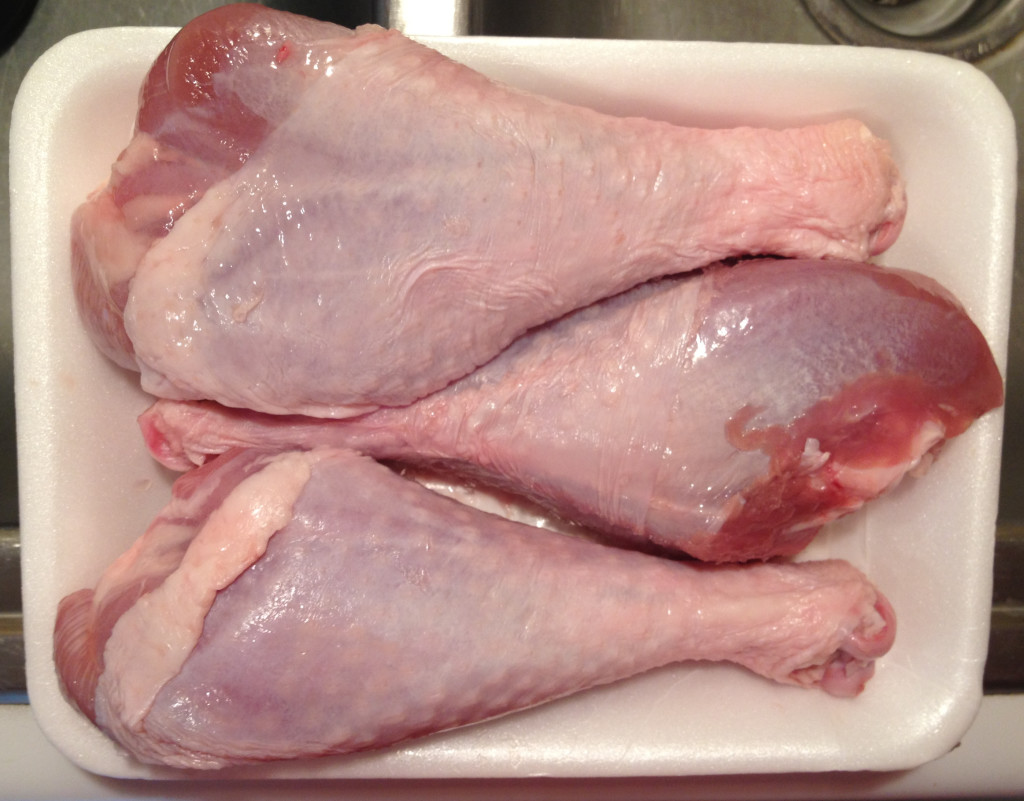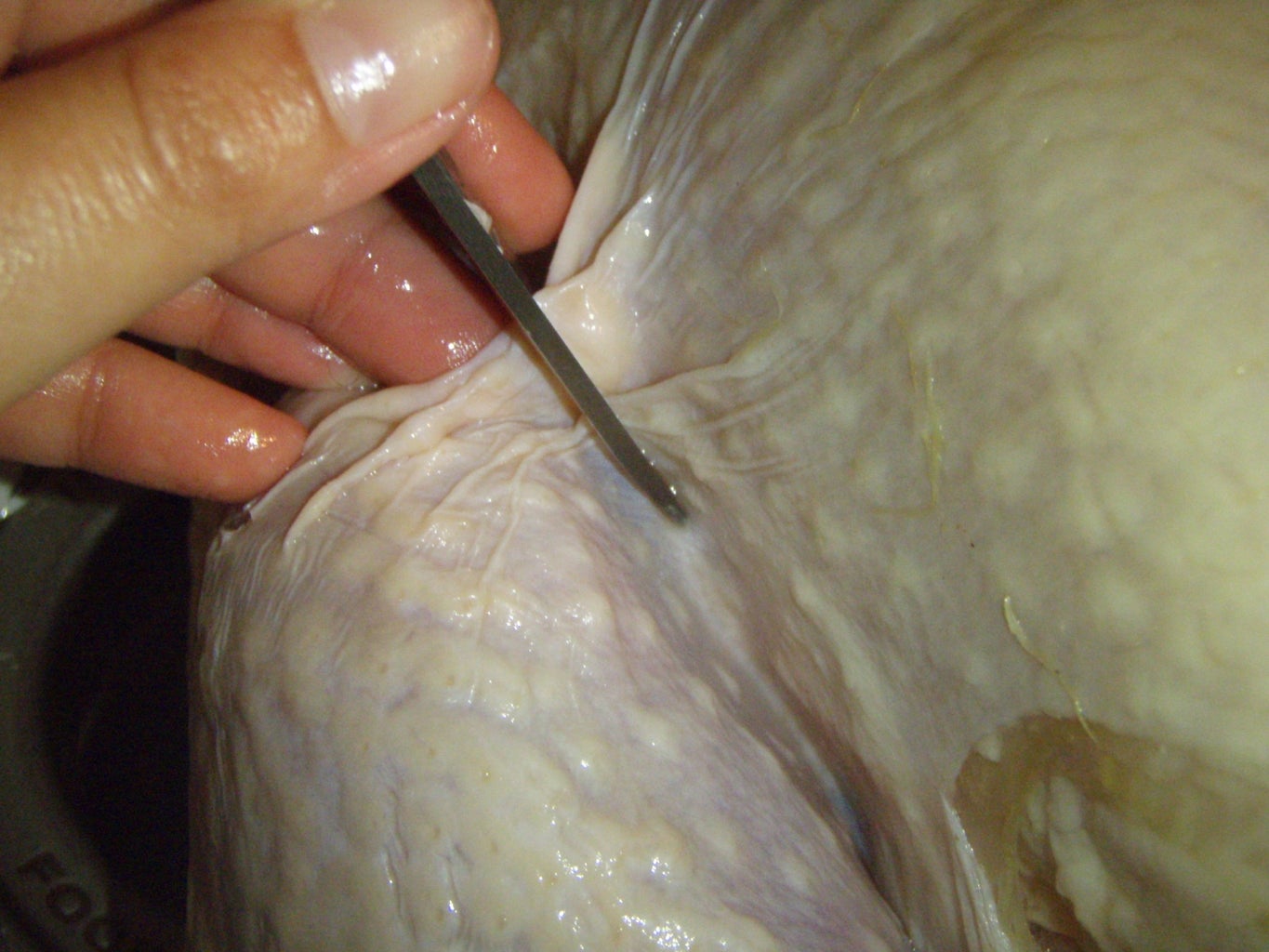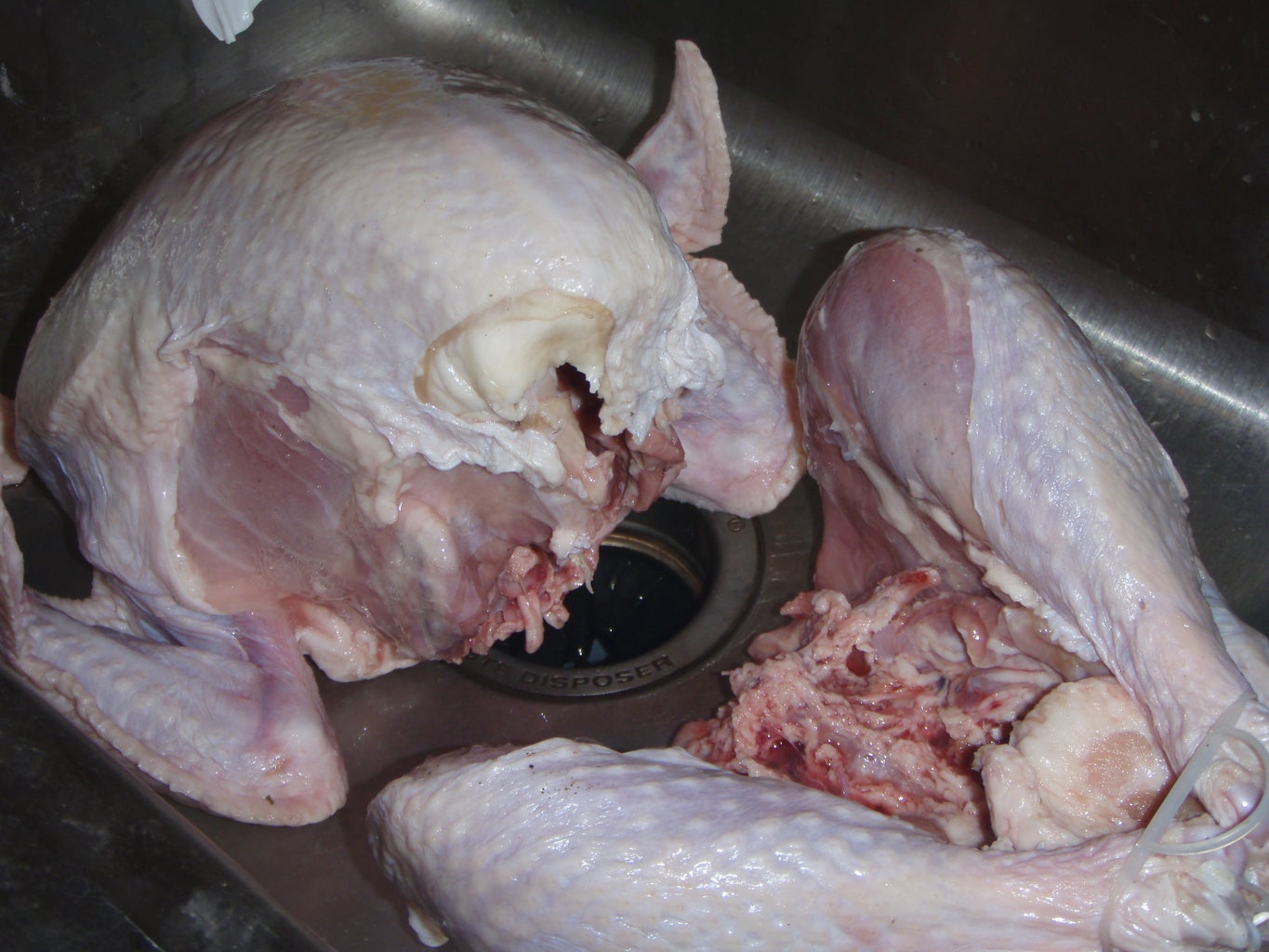For many people, the most delicious part of a roasted turkey is the rich, juicy dark meat. But what exactly is dark meat, and where can you find it on the turkey?
In this comprehensive guide, we’ll explain everything you need to know about identifying, cooking, and savoring both white and dark turkey meat You’ll learn
- The anatomical differences that cause varying meat colors
- Exactly which turkey parts contain dark meat
- How the flavor and texture differs from white meat
- The nutritional profile of each type
- Best cooking methods to maximize juicy dark meat
- Creative ways to use those tasty leftovers
So let’s talk turkey – dark meat turkey!
What Makes Some Turkey Meat Dark and Some White?
The color of turkey meat depends on muscle composition and use,
Dark meat comes from muscles that get a significant workout during the bird’s life The leg and thigh muscles are dark because turkeys use them constantly for walking and movement
These hardworking muscles need more oxygen. They contain increased levels of myoglobin protein which acts as an oxygen carrier, giving the meat a darker color.
In contrast, white breast meat comes from muscles designed for short bursts of activity, like flapping wings to keep balanced. With less myoglobin, these muscles look pale or white.
Identifying Where the Dark Meat Is Located on a Whole Turkey
On a roasted whole turkey, the dark meat areas comprise the legs (drumsticks and thighs) along with the wings. These parts will look noticeably darker and richer than the pale breast meat.
The juiciest, most tender and flavorful dark meat lies in the fatter thigh and drumstick portions. The wings contain a mix of light and dark meat, while the breast is predominantly white.
How Does the Flavor and Texture Differ Between White and Dark?
The varying muscle makeup impacts the taste and texture:
-
Dark meat has richer flavor, more fat marbling, and a moist, juicy texture that holds moisture better during cooking. Many find it more tender and succulent.
-
White meat is leaner with a delicate, milder taste. It can dry out if overcooked, but has a pleasantly tender texture when properly prepared.
The extra fat and connective tissue in dark meat also makes it perfect for moist cooking methods like braising.
Is Dark Meat Less Healthy Than White?
Despite having more fat, dark turkey meat has some nutritional advantages:
- More iron, zinc, B vitamins and other micronutrients
- Higher in heart-healthy unsaturated fats compared to saturated
- Only moderately more calories and total fat than white meat
Both types can be enjoyed in moderation as part of a healthy diet. Portion control is key for any higher-calorie protein source.
Cooking Methods to Maximize Delicious, Juicy Dark Meat
To get the most flavor and moisture out of the succulent thigh and leg meat, use these pro tips:
- Brine the turkey before roasting to infuse moisture and flavor
- Cook slowly at 325°F to let collagen break down into gelatin
- Cook to 165°F for perfect juicy results without drying out
- Let rest 20 minutes before carving to allow juices to reabsorb
Creative Leftover Turkey Dark Meat Ideas
Don’t reserve leftover dark meat only for sandwiches! Get creative with these tasty options:
- Shredded turkey tacos with salsa
- Hearty turkey chili or pot pie
- Turkey casserole with mushrooms and pasta
- Turkey soup with veggies and brown rice
- Turkey enchiladas with beans and cheese
- Turkey hash browns with eggs for breakfast
The Takeaway: Balance Dark and White Meat for Turkey Bliss
With its concentrated flavor and juicy texture, dark turkey meat should not be reserved only for picky eaters. When properly prepared, it can be just as crave-worthy and delicious as white meat.
For the perfect turkey dining experience, be sure to enjoy both white and dark meat to balance taste and nutrition. A touch of gravy brings everything together for a memorable meal.
So this holiday season, don’t shy away from the tasty dark leg and thigh meat. With the help of this guide, you’ll be a pro at identifying, cooking, and savoring this underrated turkey part.

Step 1: Snip the Skin on the Drumstick

Step 4: You Now Have a Two-part Turkey!

Turkey Tips – White Meat vs. Dark Meat in Your Turkey
FAQ
Where is dark meat located?
Dark meat, which comes from the legs, drumsticks and thighs as well as the tail of the chicken, gets its color from myoglobin, a protein that carries oxygen to muscles while they move. Since the legs and thighs help chickens get around, these parts are darker in color than breasts and wings.
Do all turkeys have dark meat?
Beef is mostly dark meat and fish is mostly white meat. Turkeys, however, have both, so they offer a good illustration of the difference. Essentially, the two colors indicate two different types of muscle.
Is there dark meat on a turkey crown?
This crown has the entire breast, with just the wings for a small amount of dark meat.
What is dark meat on a Turkey?
Dark meat is defined as the meat from the legs and thighs of a bird. It is darker in color than white meat, which comes from the breast and wings. Dark meat has a higher fat content and a more pronounced flavor than white meat. There are several key differences between dark and white meat on a turkey.
Does dark meat on a Turkey have a higher fat content?
Dark meat on a turkey has a higher fat content than white meat. This is because the legs and thighs of a turkey are used for locomotion, and the fat helps to fuel the muscles. The fat in dark meat is also what gives it its characteristic flavor. Dark meat on a turkey has a higher iron content than white meat.
What is the difference between white and dark turkey meat?
The varying muscle makeup also impacts the taste and mouthfeel of white vs. dark turkey meat: Dark meat has richer flavor, more fat marbling, and a juicier texture that holds moisture well during cooking. Many find it more moist and tender. White meat is leaner with a milder taste.
What does a roasted turkey look like?
On a whole roasted turkey, the dark meat comprises the legs (drumsticks and thighs) along with the wings. These parts will look noticeably darker than the breast. The richest, most tender and juicy dark meat lies in the thicker thigh and drumstick portions. The wings contain a mix of light and dark, while the breast is predominantly white.
Why is my turkey meat dark?
Turkeys spend a lot of time walking and standing. This means that their legs use slow twitch muscles, so the leg meat is dark. But since the birds don’t use their wing and breast muscles much, except for short bursts, these upper muscles are fast twitch, and therefore white meat. What is dark meat on a Turkey?
Where does dark meat come from?
In turkeys and chickens, dark meat is sourced from the leg or thigh. These animals carry more myoglobin in these locations in order to help deliver oxygen to their muscles as they run around. They need their exercise, too!”
